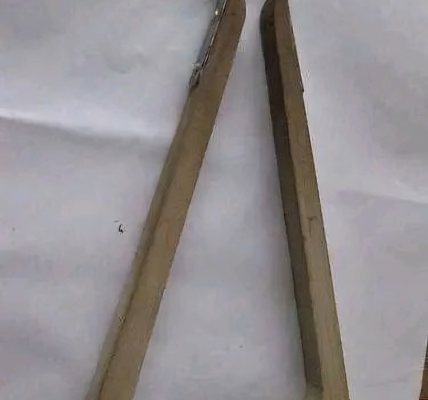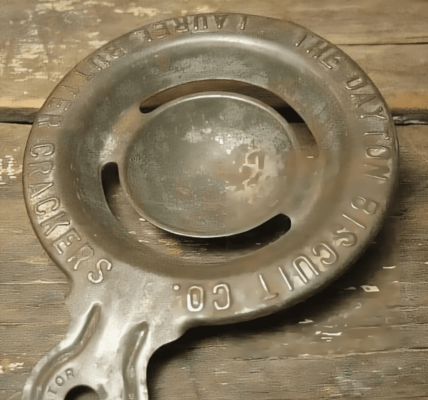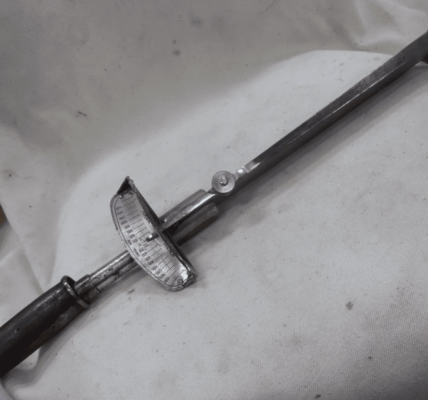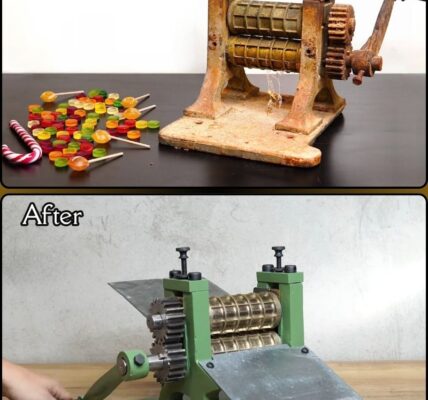Drilling holes has been a fundamental task throughout human history, evolving from rudimentary methods to sophisticated machinery. This article takes you on a journey through the fascinating history of hand drills and braces, exploring how these tools transformed the way we work with materials.
The Origins of Drilling: Ancient Tools
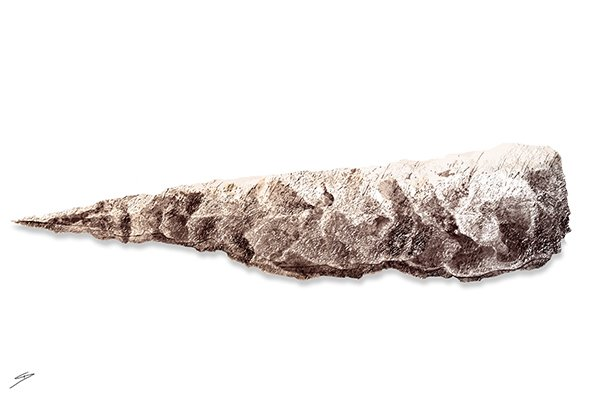
The earliest drilling tool was the awl—a simple yet effective device made from a sharp stone attached to a stick. Users pressed the awl against a workpiece and rotated it by hand, often enhancing its effectiveness with sand or other abrasives. This primitive technique laid the groundwork for future innovations.
Advancements in Drilling: The Strap Drill and Bow Drill
The strap drill emerged as a significant advancement, featuring a leather cord wrapped around the shaft of a stick. By pulling the cord back and forth, users could rotate the stone bit at a higher speed, making drilling more efficient.
Around 6000 years ago, the bow drill made its debut in ancient Egypt. This tool consisted of a bow with leather straps attached to a drill. The bow’s motion allowed for faster rotation, greatly improving the drilling process. Bow drills were especially popular in China, with large versions requiring multiple operators to tackle bigger holes.
The Roman Influence: The Rise of Augers
During Roman times, augers became the tool of choice for drilling. Characterized by their corkscrew-like design and T-shaped handles, augers allowed users to bore wider holes more easily than previous methods. These tools laid the foundation for the auger bits still used in modern drills for woodworking today.
The Evolution of Hand Braces
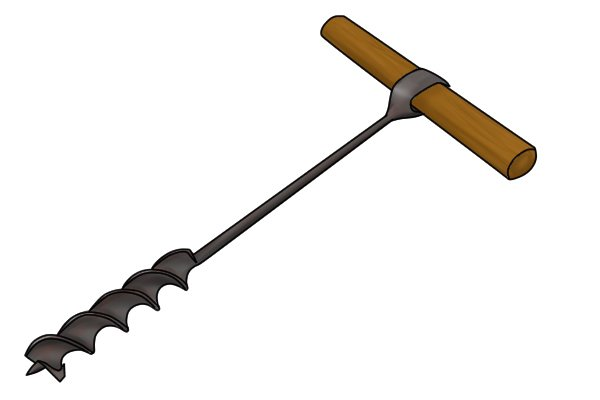
The hand brace, a significant leap forward in drilling technology, emerged in the early 1400s. The oldest known brace was recovered from an English ship that sank in 1545. Initially crafted from wood, these braces featured permanently attached drill bits.
As time progressed, brass and other metals reinforced wooden braces, enhancing their strength and durability. By the 19th century, advances in manufacturing allowed for the production of stronger metal braces, complete with improved chuck designs that enabled users to swap out drill bits easily.
The Birth of Hand Drills
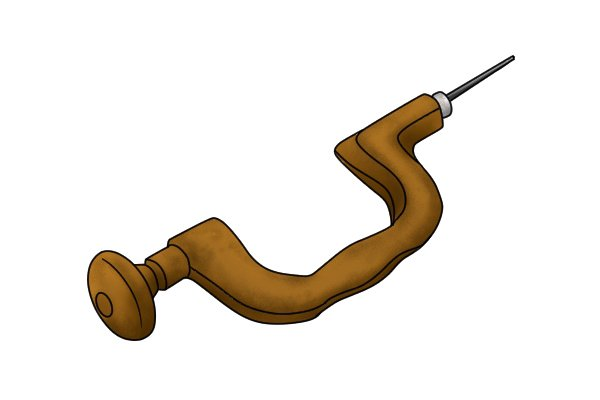
The 19th century was a turning point for drilling tools. Improvements in manufacturing techniques and materials led to the creation of hand drills, which first appeared in illustrations around 1816. These drills utilized a handle connected to a drive gear, spinning the drill bit at significantly higher speeds. This capability made hand drills particularly effective for drilling metal, which required faster cutting speeds.
Modern era: Electric drills
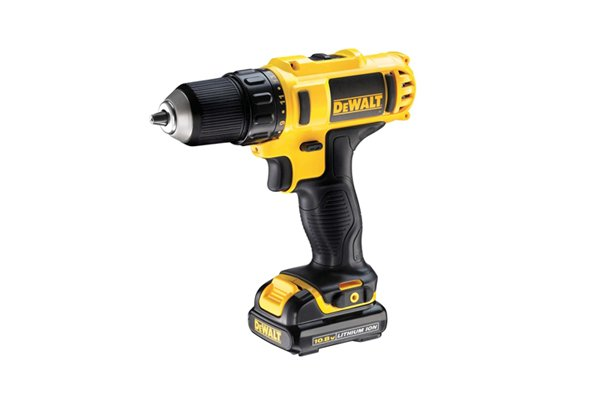
The advent of electricity marked a new era for drilling tools. In 1889, Arthur James Arnot and William Blanch Brain invented the electric drill, which quickly replaced hand drills and braces in many applications. By 1917, Black & Decker had patented the first pistol-grip portable drill with a trigger switch, revolutionizing how we drill today.
The Enduring Legacy of Drilling Tools
From the simple awl to sophisticated electric drills, the evolution of hand drills and braces reflects humanity’s relentless quest for efficiency and precision. Each innovation paved the way for modern drilling technology, making tasks easier and more effective. Today, while electric drills dominate, the legacy of these ancient tools remains a testament to human ingenuity and craftsmanship.
So, the next time you pick up a drill, take a moment to appreciate the incredible journey that brought it to your hands.

